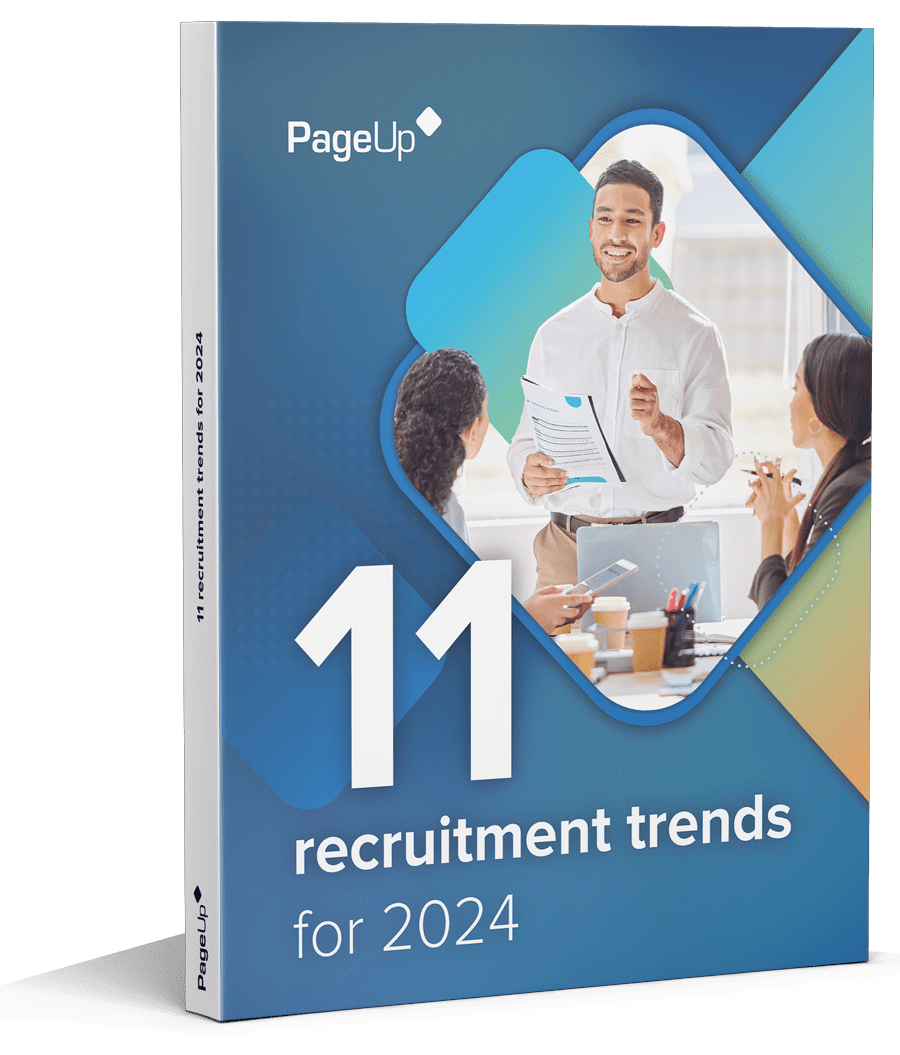One of the most common questions we hear among talent professionals these days is, “How do I develop an EVP that positions us as an employer of choice?”
It’s a good question. We’re living in a world of endless choice. There are infinite products to purchase, cuisines to eat, and jobs to apply for.
In today’s global, competitive job market, employers must offer and communicate meaningful reasons for people to work for them.
Even lesser-known brands are winning their fair share of talent by sending a clear, persuasive message about the kind of working environment they can offer.
After all, your employee value proposition is the foundation of your employer brand. It communicates the unique combination of values, culture, rewards and benefits your company offers.
But most importantly, your unique proposition turns employees into engaged, loyal brand ambassadors who will reward you with the skills and experience your company needs.
Whether you’re creating an EVP from the ground up or are looking to refine your existing EVP messaging, here are 3 key steps to understanding, improving and developing a truly inspiring EVP.
Gain insights from your existing employees
Don’t rely on “gut feelings” to make important decisions about what defines your employee experience. Just ask.
Conduct a survey to gain meaningful insights from your existing employees to understand what prospective employees look for in an employer. What you uncover may surprise you and will help define your unique offering.
Keep in mind that a strong EVP isn’t all just perks and flexible work. Employers should offer a healthy mix of work, rewards and recognition, culture, relationships and opportunities, like the following:
- Work – Do you offer work that is challenging, fulfilling and rewarding? How does the work align with people’s personal career goals?
- Rewards and recognition – What rewards, such as bonuses, training or skills development, speak most to your employees’ needs? Will they be recognisedrecognized for their efforts?
- Culture – What makes your work environment a happy, safe place to be?
- Relationships – How do you help people form productive relationships with team members, leaders and external stakeholders? How do these relationships encourage mutual success?
- Opportunities – What opportunities are there for advancement and personal development?
Invite your team members to complete employee surveys. Select people from a range of positions, locations, tenures and levels of seniority.
Understand your current business and talent needs by talking to your leaders and recruitment team about your talent strategy.
Define your employee personas
Knowing who your ideal candidates are and what they value is a critical step in shaping your EVP statement. Like any good branding or marketing strategy, developing your employer brand and EVP involves defining key personas.
Create your ideal employee personas by assessing your overall talent strategy and the insights gained from existing employees. Outline the experience, personality, skills and behavioursbehaviors you’re looking for to drive your company towards its strategic vision.
You may have a number of employee segments with a unique set of skills, from creative and tech talent to entry-level and business development. Understanding the backgrounds, needs and concerns of these different groups is a useful way to ensure your EVP messaging speaks to their requirements.
Articulate and amplify your EVP
In crafting your EVP statement, outline the EVP elements that are unique to your company. Pay special attention to the rewards, learning experiences, cultural elements and career development opportunities your company offers.
While salary can be a strong motivator for candidates to pursue and accept a new role, top talent are often looking for growth, development and a supportive culture. Do you offer meaningful employee engagement experiences and an attractive company culture or work-life balance?
Your EVP statement should be inspirational and unique, as well as focused and aligned with your company’s strategic vision and goals. It should define why people would want to work for your organisationorganization, excel in their role, and stay with you over competitors.
Test your EVP with existing employees to confirm it aligns with their lived experience. Validate it with your leadership and talent acquisition team to ensure it supports the organisationorganization’s talent strategy.
When it’s time to amplify your message, incorporate it into each stage of the recruitment journey, including recruitment advertisements, careerscareer website, interview process, social media, videos and more.
Cultivate brand ambassadors by promoting your EVP messaging internally. Incorporate it into induction plans, reward and recognition schemes, internal communications, policies and business plans to ensure it is reflected in daily operations. Review your messaging annually so it continues to reflect the changing employee experience.
The culture and values you present in your EVP should be a holistic representation of every team members’ experience in your company. Not only will it help you attract top talent and strengthen your employer brand, but it also gives you the best chance of retaining your best performers.
Fresh insights for HR
Stay up to date with HR trends, tips and more when you sign up for our industry newsletter





